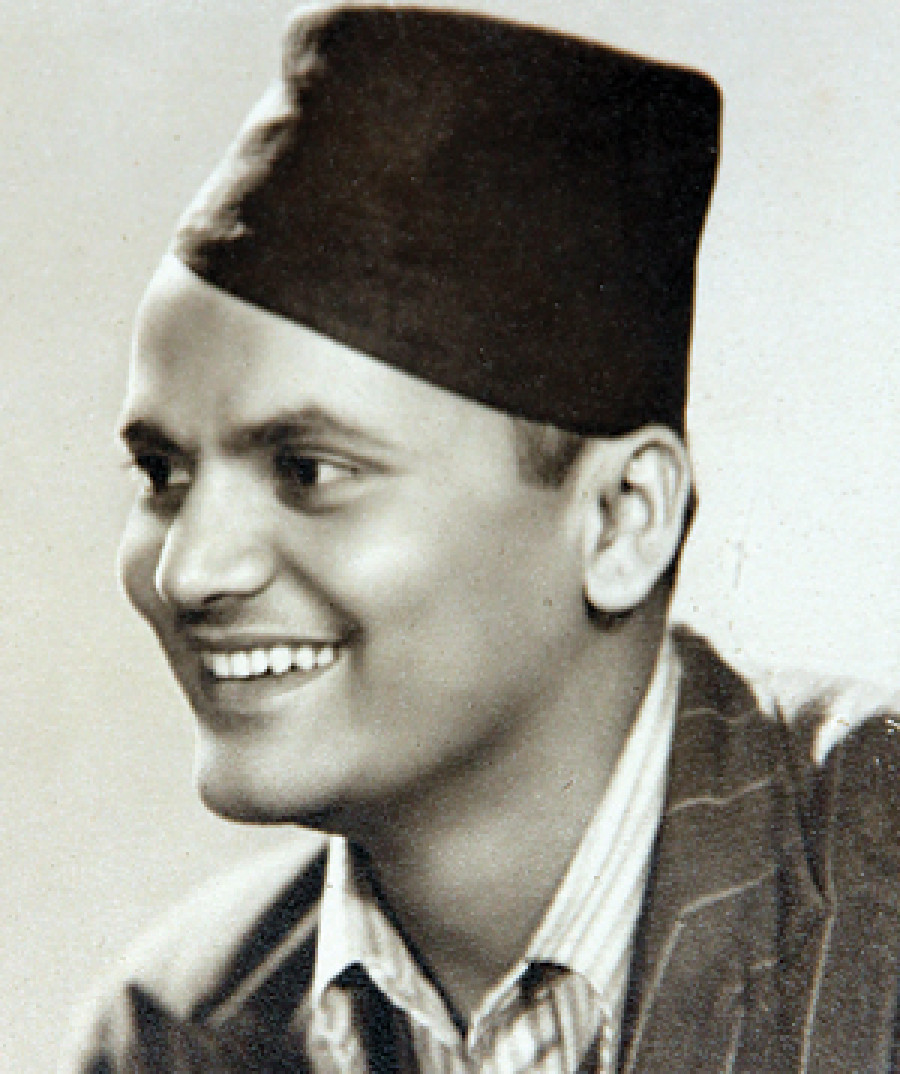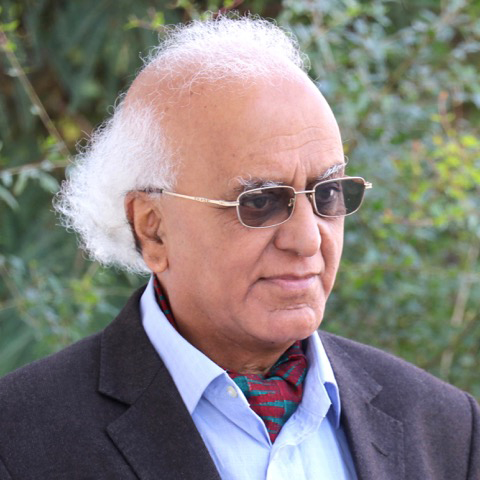Columns
Centenary of a bard
Dharmaraj Thapa not only collected and sang but also wrote songs, some of which are excellent poetical works.
Abhi Subedi
A minuscule crowd gathered at President Ramchandra Paudel’s residence in Maharajgunj on July 16 to celebrate the birth centenary of the prominent bard Dharmaraj Thapa. On the same occasion, poet Bairagi Kainla alias Tilabikram Nembang of Panchthar and LP Joshi of Dhankuta were honoured for their contributions to promoting folk culture, literature and songs in their different ways. Madanraj Thapa, president of the Janakavi Keshari Dharmaraj Savitri Thapa Pratishthan, invited me to speak about the bard’s musical journey. Scholar Jagaman Gurung critically assessed the hypocritical attitudes seen in ethnic participation and rejections in culture and literature.
I have always been a great admirer and follower of some bards of our times. Most prominent among them are Dharmaraj Thapa (1924-2014) and the American bard Bob Dylan. Dylan came to prominence in the 60s of the 20th century. A culture of rebellion and protest shaped the ethos of that time. The hypocrisy and interventionist nature of the state were the most prominent features. Youths rejected certain practices and policies promoted by the establishments. Bob Dylan gave voice to the spirit of rebellion and protest. His rise was phenomenal. The early 60s were the most sensitive and important moments in the history of youths in America and everywhere else.
There was a certain sense of rush among the artists, especially the singers and poets. A need for action guided that sense of rush; it was the youths who felt that rush. We can understand the rush if we see the composition of the prominent protest songs and singing in the early years of the 60s. I remember I used to sing or chant some of Bob Dylan's songs like “Blowin' in the Wind”, “Maggie's Farm”, “Talkin' World War III Blues”, “Hurricane 1975”, “Only a Pawn in Their Game”, and “A Hard Rain's A-Gonna Fall”, to recall a few.
Dylan Thomas, a Welsh poet, rose to prominence by singing Bob Dylan’s protest songs. Interestingly, Bob Dylan’s influence became global. People used to go around singing the prophetic and urgent questions of Bob Dylan, as in this song, "How many roads must a man walk down/Before you call him a man?/ How many seas must a white dove sail/ Before she sleeps in the sand?/ Yes, and how many times must the cannonballs fly/ Before they're forever banned?/ The answer, my friend, is blowin' in the wind/ The answer is blowin' in the wind."
It is very interesting and important to recall that Dharmaraj Thapa’s musical odyssey covered terrains similar to Bob Dylan’s. We should look at some similar features of the two bards, Bob Dylan and Dharmaraj Thapa, especially on the following scores. Dharmaraj Thapa, who came earlier than Bob Dylan, knew that songwriting and singing were the most effective means of protest and social change. Dharmaraj Thapa worked at the transitional times of Nepali history and society. Nepali society was trying to emerge from the deep-rooted feudal culture and autocratic rule of the Ranas (1846-1950). So, one way of doing that was by directly evocating the spirit of rebellion.
Dharmaraj Thapa wrote and sang such songs. I want to quote the appropriate extracts of the songs from memory and translate them in the following manner: "Oh brother, what are you looking below the path/ It is a world looted by these rich people. (batomuni ke herchau daju)…Do you think you can extinguish the flames of hunger/ Only by lamenting and shading tears? (nivla ra bhokako jwala aansule…)."
Dharmaraj Thapa directly evokes rebellion in his songs. I was struck by similar characters in Bob Dylan's songs when I first encountered them. The Vietnam War and the fast dissolution of values shaped the ethos of the time. Youths with modus vivendi, not encountered before, appeared in different parts of the world. But earlier than that, Dharmaraj Thapa had realised that to bring about social change, you need to evoke the agencies or those who would be proactive for that. That is why he reached out to KI Singh, a rebel who fought against feudal values and societal influence. Singh's theory was that the revolution had not achieved its goal. There is a need to do more. KI Singh, in that process, fled to China to avoid incarceration. He stayed in China for three years and eight months before returning in 1955.
Dharmaraj Thapa wrote and sang a song about KI Singh when the latter went to self-exile in China. He was even harassed for that. The song "krantikari he bira ke aai sing oh”, “revolutionary brave KI Singh, where did you go by breaking the jail!" I learned to sing the song by hearing Dharmaraj Thapa. I can still sing some important parts of it. It is a difficult song because of its high-pitched music and the expressive energy that is required for this. The bard did not want to dwell too much on this song later.
There was one other quality in Dharmaraj Thapa's singing, which was his versatile choice of motifs. He sang about Buddha and his pervasive and benign influence at the opening of the first Buddhist conference held in Nepal in November 1956. Nepal being the land of the Buddha's birth, the conference was held here to mark the 2500th anniversary of the Mahaparinirvana of Lord Buddha and organised by the Dharmodaya Sabha founded in Sri Lanka in 1950. The melody and composition come out brilliantly in the singing of Dharmaraj Thapa.
The bard travelled to different parts of Nepal and Nepali settlements in India, singing about consciousness-raising and the need to shape one's future by fighting for equality and dignity, which are the features of Dharmaraj Thapa's entire oeuvre. Out of his 24 or so books, most are collections and interpretations of songs. He also sang these songs. He has published an account of his travels, Mero Nepal Bhraman (2016 BS), within Nepal. The bard has included his findings of folk songs, his impression of people and the geography that he covered.
Dharmaraj Thapa not only collected and sang but also wrote songs, some of which can be rated as very good poetical works in Nepali. He is one of the prominent poets of Nepal, but his advantage was that he had a very good voice, and he could draw large crowds when he sang without any accompaniment and musical facilities. That was a rare quality of a singer whose singing was a poetic recitation and means of communication with the people who adored him.




 13.12°C Kathmandu
13.12°C Kathmandu















